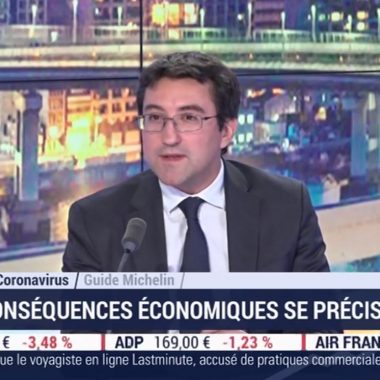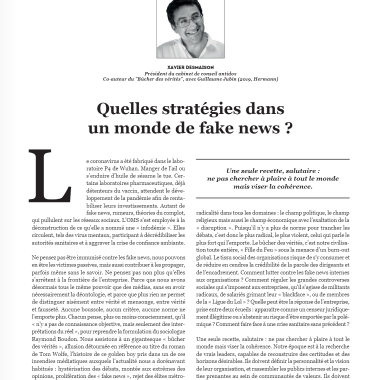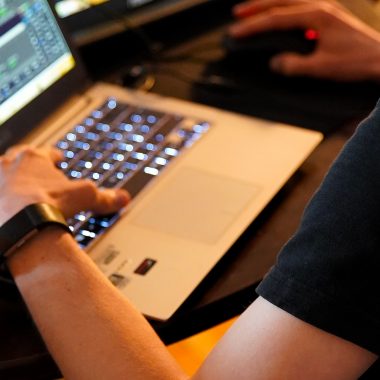The #: Shedding light on social reality
Nineteenth-century suffragettes planted bombs in the streets of London. However, the feminist of 2020 gazes intently at her mobile phone and uses her digital influence to support, amplify and promote a cause. As an example, the hashtag #MeToo was used 5.5 million times on Twitter over the last 13 months, while its French equivalent #BalanceTonPorc (report your pig) was used 100k times over the same period*. The #, which has become a rallying call, has made it possible to organise political activism at a staggering pace and to generate a level of visibility the likes of which has never been seen, with the Holy Grail being to make it onto the Trending Topics (the top trends on Twitter). Unrivalled digital coverage, making it possible to generate public debate on topical social and societal matters.
The autumn 2020 #: #Lundi14Septembre
During this post-lockdown autumn period, #Lundi14Septembre has been making a name for itself, obliging the Minister for National Education to make a statement. Although, this initially # seeks to combat sexism by calling all high school girls to turn up dressed in the so-called “provocative” clothing, above all it is part of a much wider dynamic process. Though seen as concerning minor and isolated cases by some, this movement nevertheless follows a series of injunctions issued against French girls, publicised on the social media throughout the summer. Jeanne was told to cover up her low neckline to be able to enter the Musée d’Orsay, while the singer Angèle was brutally taken to task and encouraged by the hashtag #BalanceTonFrère (report your brother) to come forward with evidence about the acts of the rapper Roméo Elvis.
Concerning much more than the simple freedom to display one’s navel, this movement above all seeks to remind us that clothing is not a cause of rape and seeks to reverse the burden of blame which often weighs heavily on women.
#BalanceTonBahut: the emergence of a digital court
The social platforms offer the advantage of attracting attention and generating discussion concerning social and societal matters. But these movements can also morph into “people’s courts” in which the accused – and their friends and family as seen with the case of Angèle – are left to face the wrath of the public. With #BalanceTonPorc – report your pig, #BalanceTonProf – report your teacher and #BalanceTonBahut – report your school (used 48k times in 3 days between 14 and 17 September 2020*), though digital in nature this arena can also bring real-life consequences.
In the world of the “people’s court”, the rules are often reversed and the presumption of innocence doesn’t exist: emotions dictate culpability, snitching is encouraged, the accusers are anonymous and the response is immediate. Social digital sanctions which can stain reputations and sometimes destroy careers.
As Anne-Cécile Robert so accurately put it in La Stratégie de l’Emotion: “Although positive or negative emotions can enrich our existence, this form of expression can pose a formidable challenge to democracy when it becomes invasive and replaces analysis”
A sometimes abstruse world, which, if not controlled, can quickly become hostile. It’s then the task of the communicator to assume the role of lawyer and to assist his client, who is sometimes completely distraught.
* Data obtained with Talkwalker
By Chloé Teyssou, Consultancy Director









